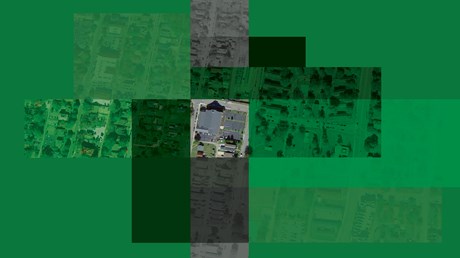How churches survive “spiritual gentrification.”

To what’s happening at Watson Grove Baptist Church, you have to understand its parking lot.
The modest patch of blacktop near downtown Nashville holds 100 cars. It’s framed by a manicured lawn and colorful shrubs and wraps around a group of connected redbrick buildings that has expanded with the congregation over the years.
Watson Grove sits on the corner of 14th and Horton streets in a place called Edgehill, a rapidly developing neighborhood bordered by Music Row to the north and 12 South, one of Nashville’s trendiest neighborhoods, to the south. Edgehill contains both public housing and a commercial district with a lively nightlife and lifestyle-brand stores like Warby Parker.
The church’s parking lot, in some ways, encapsulates the evolving story of the traditionally working- and middle-class African American community around it. It tells of Edgehill’s increasing urban bustle (the church installed speed bumps in the lot as more drivers were cutting through and endangering children crossing it to board the school bus) and of the neighborhood’s struggles with crime (police cars monitor the neighborhood from the parking lot, which hosted a hearse after a teenage girl from the community was killed in a drive-by shooting).
The blacktop also tells of gentrification, of supply and demand. Like Edgehill itself, where home prices have soared in recent years, there is not enough parking lot to go around.
A historically Black congregation, Watson Grove has grown over the past decade from around 300 people to more than 3,000 over two campuses just before the pandemic halted in-person services. Its modern sanctuary seats 750 people. And it became a multisite church in 2019, when it opened its second ...
from Christianity Today Magazine
Umn ministry


.gif)

.gif)
.gif)
